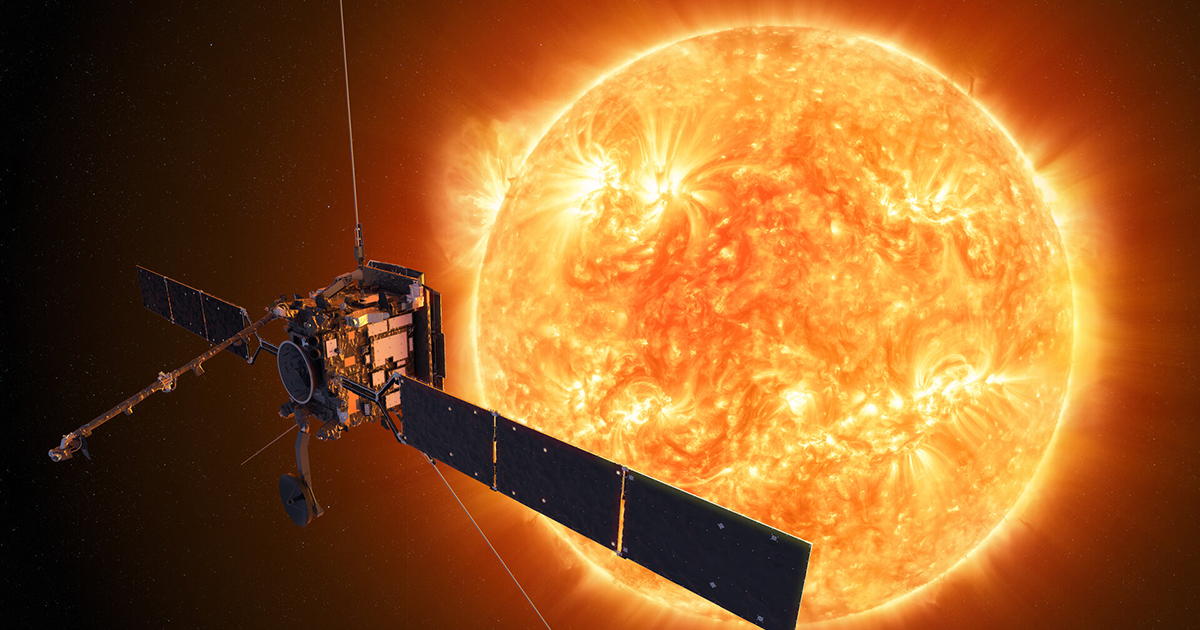
ESA's Solar Orbiter deep-space probe has made history, returning the first-ever images of the Sun's south pole.
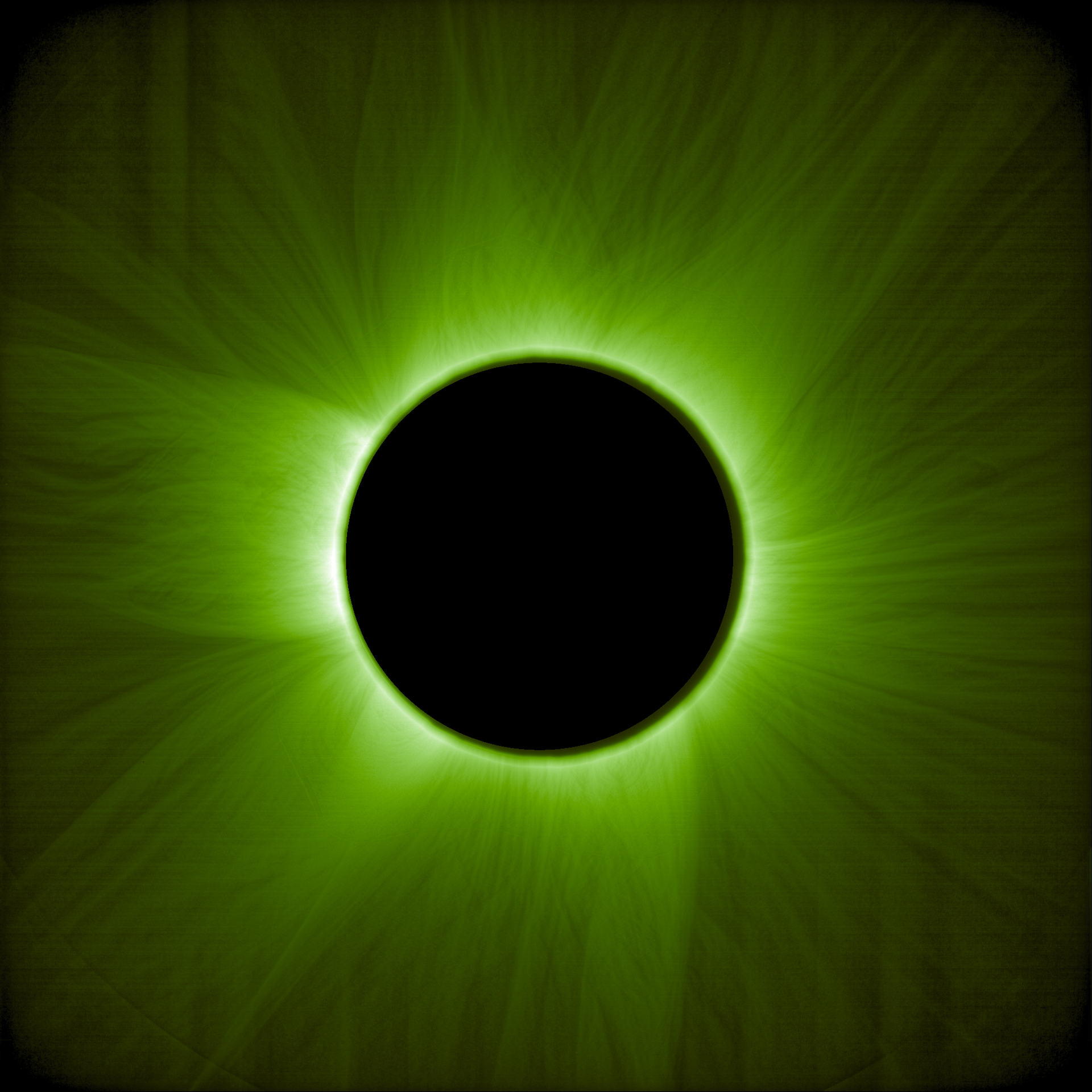
Today, the European Space Agency's Proba-3 mission unveils its first images of the Sun's outer atmosphere - the solar corona.
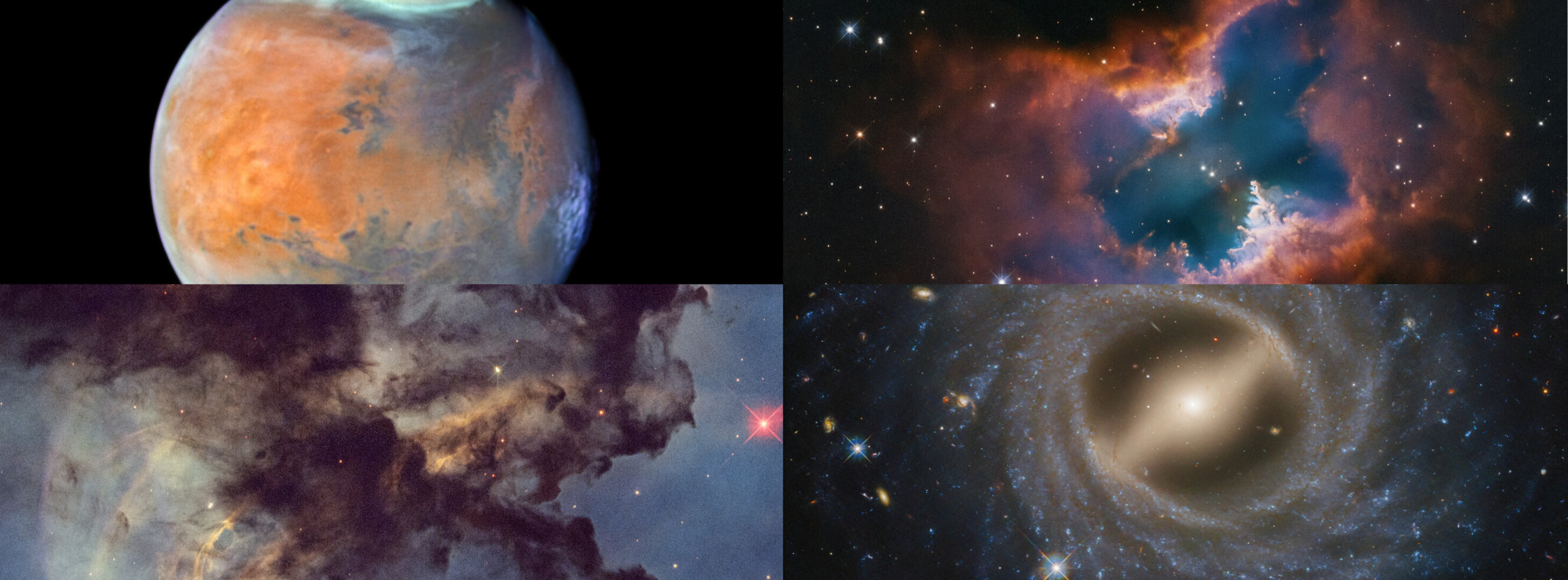
After over three decades of scrutinising our Universe, Hubble remains a household word as the most well-recognised telescope in scientific history.

ESA's Hera mission for planetary defence made the first use of its payload for scientific purposes beyond Earth and the Moon. Activating a trio of instruments, Hera imaged the surface of the red planet as well as the face of Deimos.

The space debris problem won't solve itself. We've been kicking the can down the road for years as we continue launching more rockets and payloads into space.

The European Space Agency's Milky Way-mapper Gaia has completed the sky-scanning phase of its mission, racking up more than three trillion observations of about two billion stars and other objects over the last decade.

On 8 January 2025, the ESA/JAXA BepiColombo mission flew past Mercury for the sixth time, successfully completing the final "gravity assist manoeuvre" needed to steer it into orbit around the planet in late 2026.

Approximately 41,000 years ago, Earth’s magnetic field briefly reversed during what is known as the Laschamp event. Now scientists has created a sound visualization of this event.
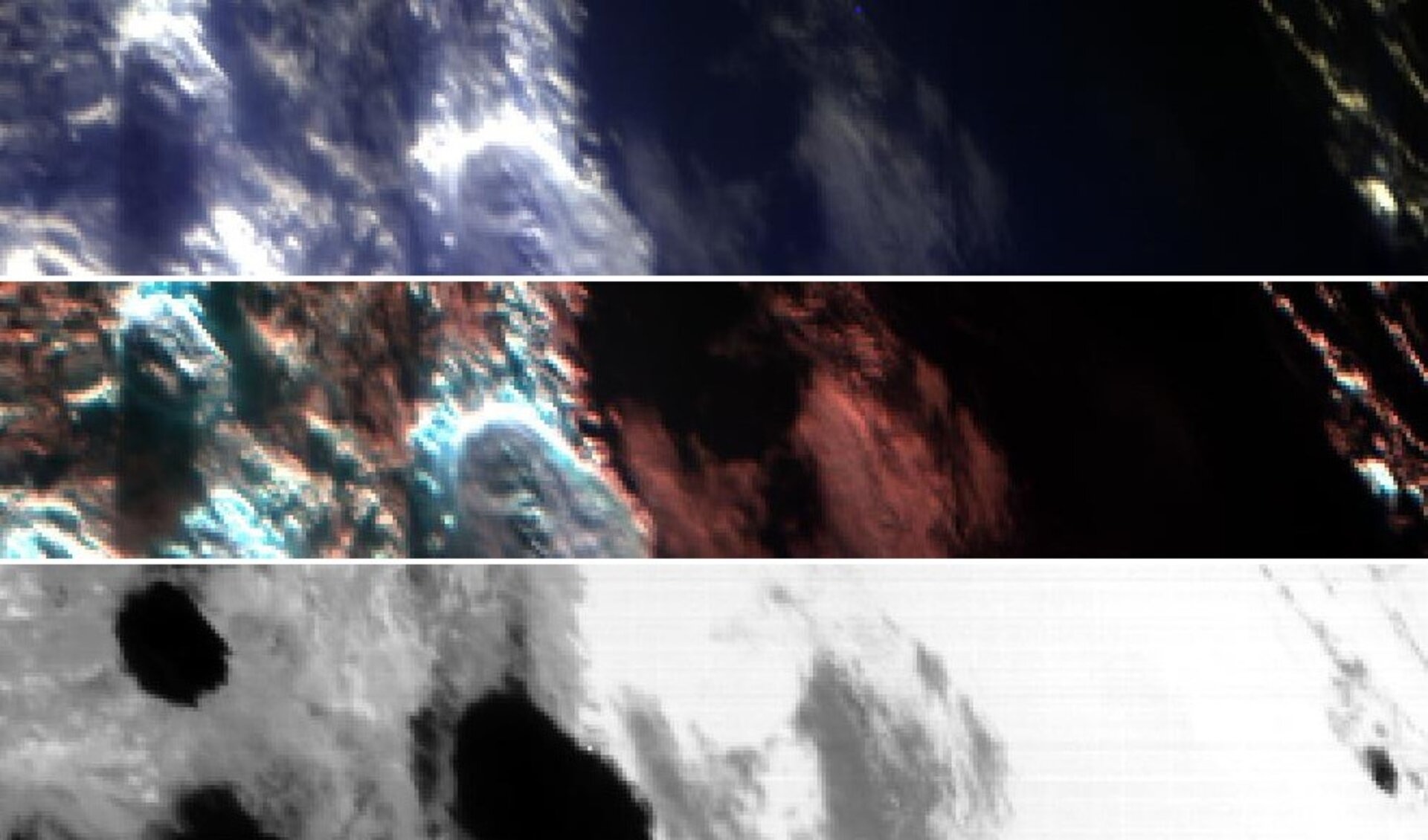
During its flyby of Earth on 20 August, ESA's Jupiter Icy Moons Explorer (Juice) found ingredients for life in Earth's atmosphere - the so-called ‘CHNOPS’ elements (carbon, hydrogen, nitrogen, oxygen, phosphorous and sulphur).
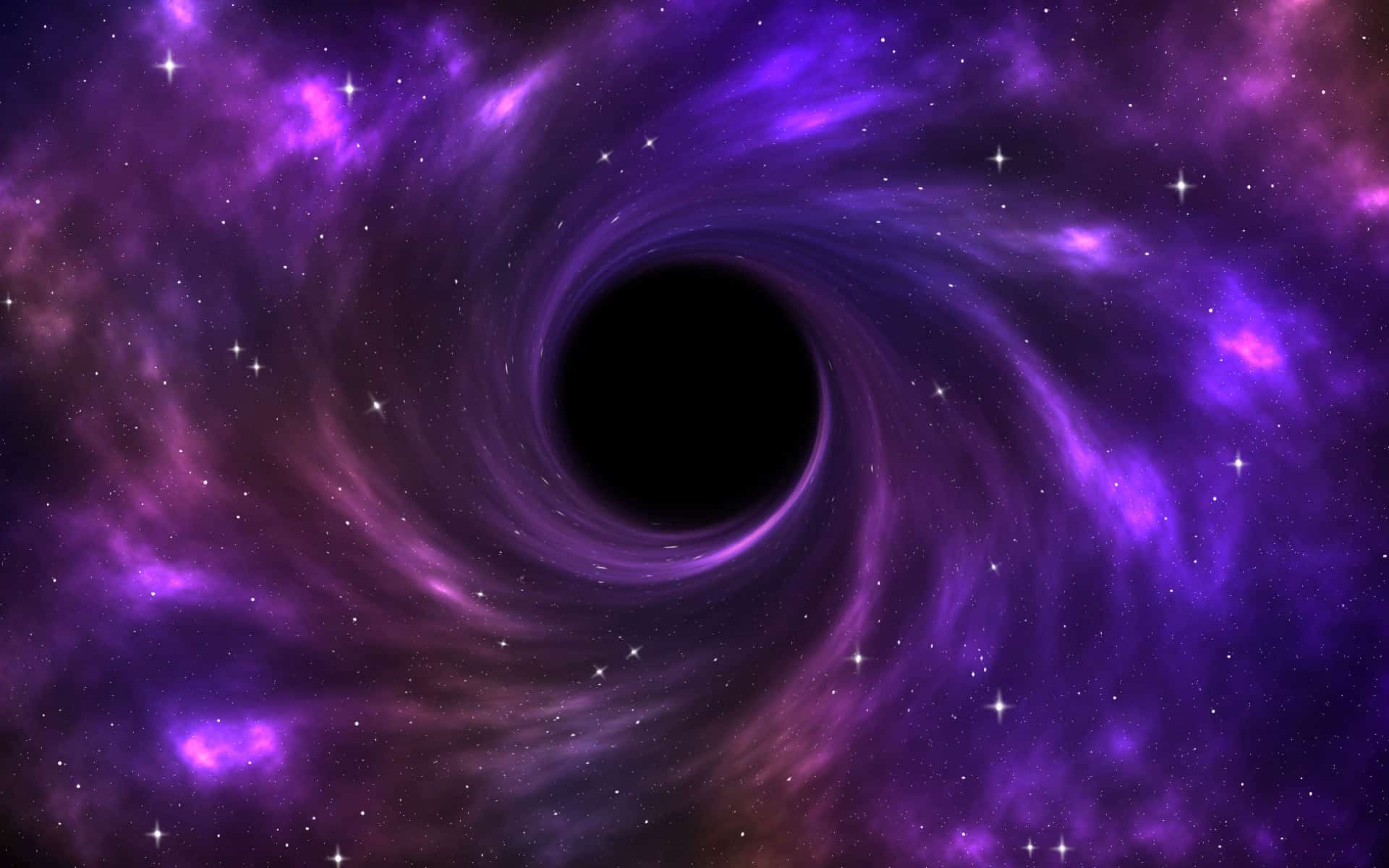
An international team of astronomers has detected seven fast-moving stars in Omega Centauri region. These stars provide compelling new evidence for the presence of an intermediate-mass black hole.
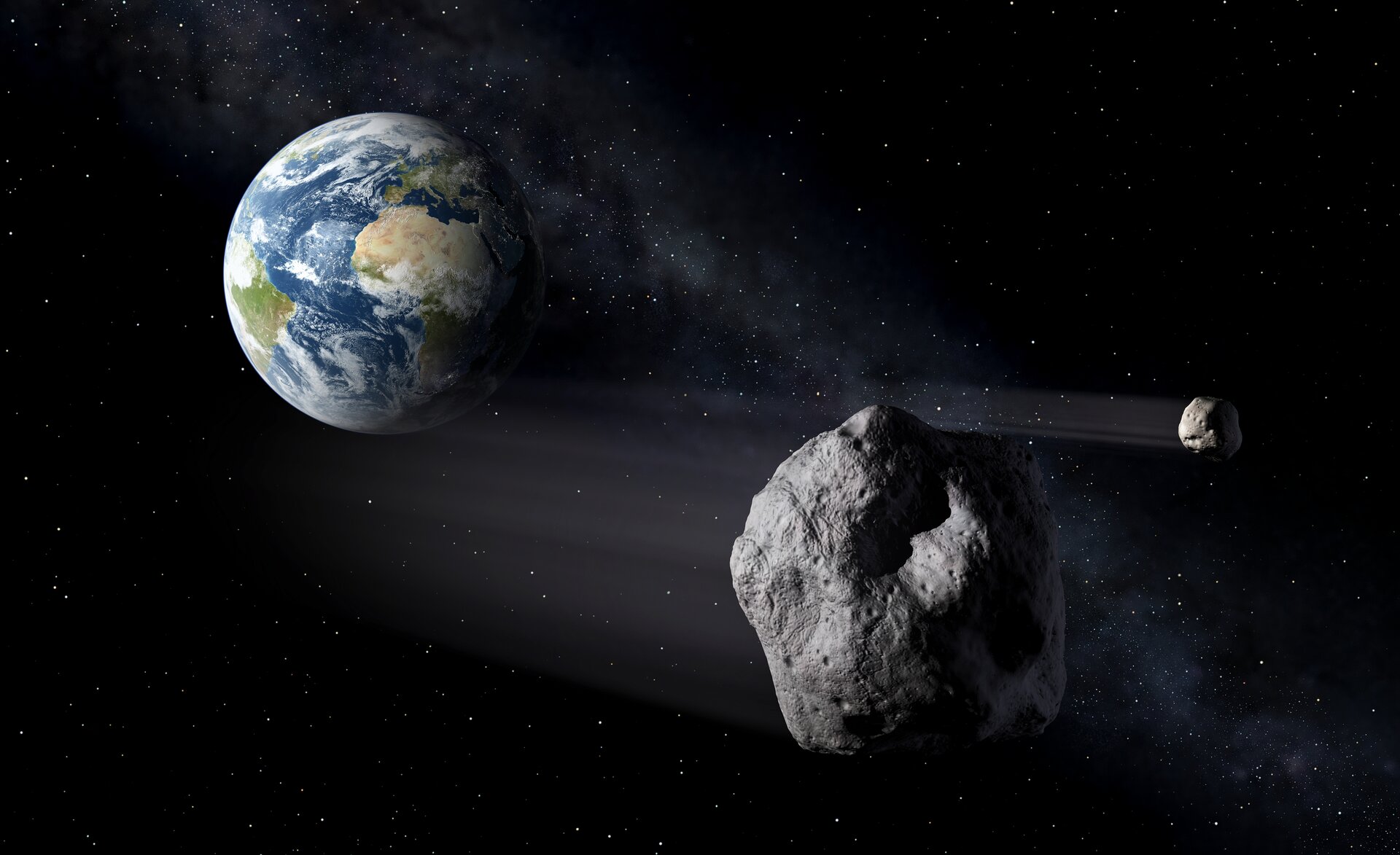
Two large asteroids will safely pass Earth this week, a rare occurrence perfectly timed to commemorate this year's Asteroid Day.
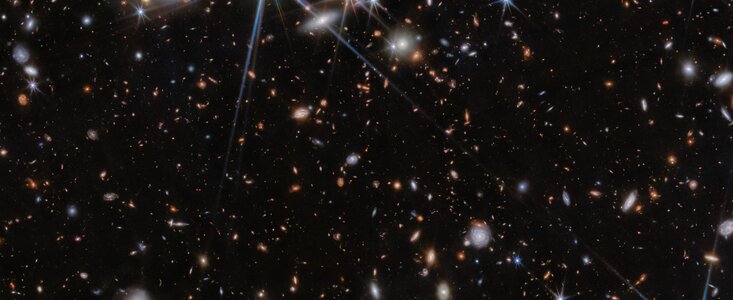
An international team of astronomers have used the NASA/ESA/CSA James Webb Space Telescope to find evidence for an ongoing merger of two galaxies and their massive black holes when the Universe was only 740 million years old.

The observatory has achieved this milestone over 28 years in space, even though it was never designed to be a comet hunter.

When future astronauts explore Mars's polar regions, they will see a green glow lighting up the night sky. For the first time, a visible nightglow has been detected in the martian atmosphere by ESA's ExoMars mission.

Researchers using the NASA/ESA/CSA James Webb Space Telescope's NIRCam (Near-Infrared Camera) have discovered a high-speed jet stream sitting over Jupiter's equator, above the main cloud decks.